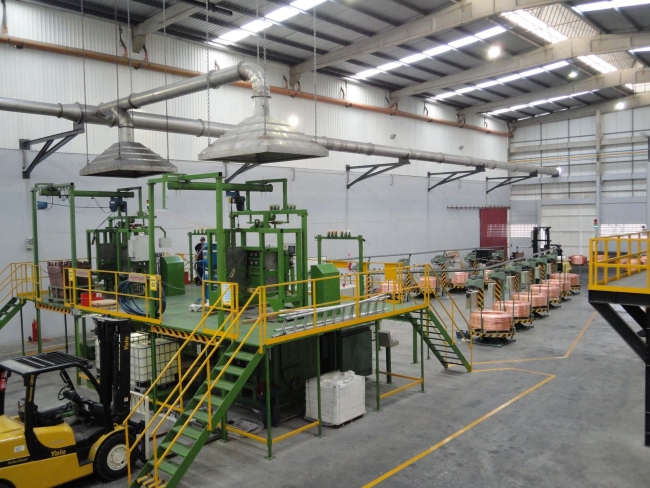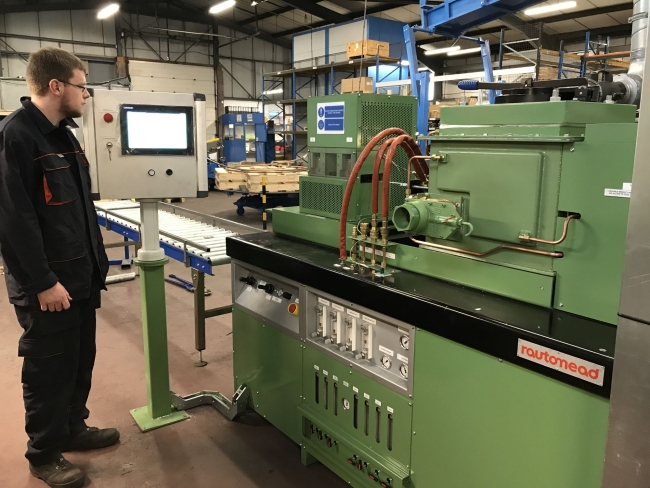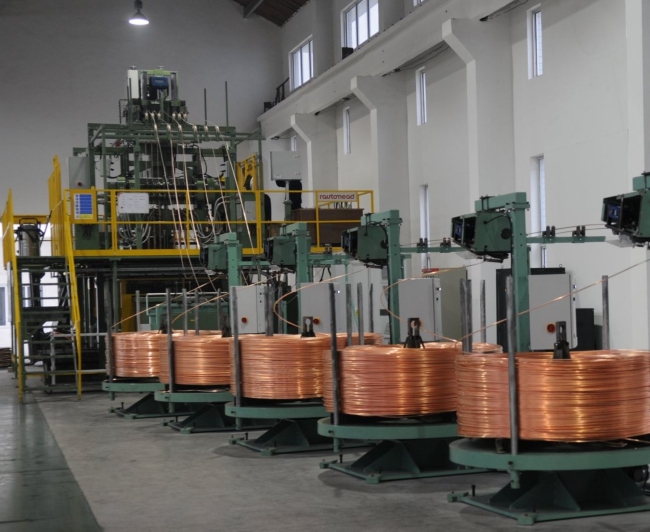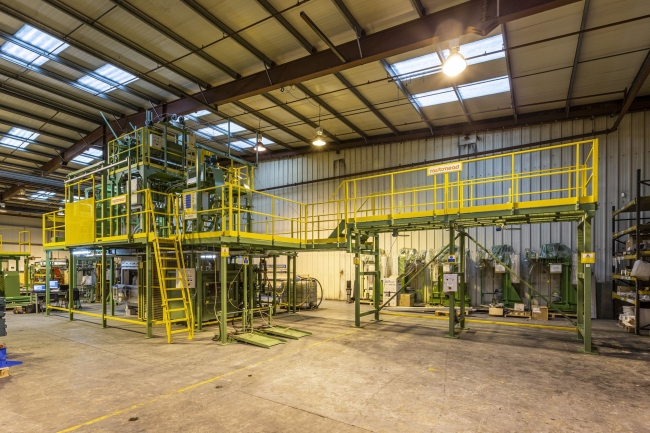5 minute read • published in partnership with ABGI
Insight: The value of R&D tax credits for UK SMEs – what would you do with the money?
In recent years, the connection between innovation and increased competitiveness has become rather obvious. It’s encouraging business owners across the UK to invest their own resources, time and cash into innovation projects. Not only can their investment help them stay ahead of the competition – it also provides opportunities for considerable financial returns through R&D tax relief or cash credits.
R&D tax relief works by ‘enhancing’ any eligible expenditure incurred in undertaking an innovative project. The enhanced expenditure can then be deducted from the company’s operating profit before tax, reducing their tax bill. Even businesses who find themselves in a loss-making position can claim a cash credit from HMRC.
The money received from these incentives can be reinvested back into any aspect of the business – on-going research and development, new staff, training or plant & equipment – creating a virtuous cycle of investment, innovation and growth that provides multiple benefits for all involved. For claiming companies, this helps them maintain momentum in their innovation activities and stay ahead of the competition; for the UK as a whole it reinforces our leading position in terms of innovation and global competitiveness.

Picture: Rautomead
To encourage SMEs to investigate the various sources of funding available to them, leading tax incentive and innovation management advisers ABGI UK has asked some of its clients to share practical examples of what they did with the R&D tax relief benefit they received from the government. Here, Brian Frame, CEO at Rautomead, a Dundee-based SME founded in 1978, shares his experience with R&D tax reliefs and how it has benefited his business so far.
Hi Brian, tell us more about your company…
Rautomead is a specialist in continuous casting technology for metal processing. Our technology is now commonly used to eliminate billet casting, hot rolling and high ratio extrusion by traditional metal processing practices, leading to greater efficiency, substantial energy savings and reduced capital investment.
What type of R&D are you undertaking?
A core aspect of Rautomead’s company policy is to maintain a pro-active role in developing our technology towards an ever-widening range of metals, alloys and end-uses.
As a result, we regularly undertake speculative company-led research, using our own in-house pre-production-scale continuous casting facilities on which to conduct trials, modify process parameters, test high temperature materials, develop motion control systems, make customer demonstrations and produce sample batches for customer evaluation.
We employ a team of 12 graduate engineers actively involved in this R&D work and cooperate closely with the University of Dundee for specific research, laboratory testing and in teaching and learning at PhD student level.

Picture: Rautomead
Can you give us a couple of examples?
1 – A recent innovation project has been the development of continuous casting process to produce wire rod in Copper-Chrome-Zirconium. As a family of alloys, its combination of high strength and good electrical conductivity while avoiding elements carrying significant health hazards is well-known. However, the basis of production world-wide has for sixty years past been the capital intensive and relatively inefficient combination of billet casting and high ratio extrusion.
Rautomead invested approximately £1.1m over five years in development of the now patented sealed lid continuous casting process for these aggressive alloys. Commercial installations of this new Rautomead process are now established at customer sites in France, Belgium, China and shortly also to be in Korea. The project has so far generated over £6.0M in export sales.
2 – Another more recent example of the crucial value of R&D within Rautomead is in the processing of Nickel-Chrome-Cobalt alloys used in medical implants and in aerospace applications. Over the past two years, we have so far invested around £100,000 in developing a capability in break ring casting technology. This is showing good promise, but now needs additional investment of at least £0.4M in an electrical induction casting furnace and associated facilities to take this R&D project to a stage where meaningful sample batches can be manufactured.

Picture: Rautomead
How have you used the R&D tax benefit?
Over the years Rautomead has regularly benefited from receiving R&D tax relief. The benefit we have realised through the scheme has been reinvested, almost entirely in training and R&D activity. Both supporting the employment of engineering graduates, as outlined above, as well as keeping our innovative spirit strong with further investments in valuable R&D initiatives.
The Chancellor recently announced significant reductions to the benefits available under the SME R&D tax relief regime. How will this impact your plans for investment in innovation and growth going forward?
The projected reduction in benefit next year basically equates to a 13% loss of funds reinjected back into Rautomead. Meaning a major reduction in the funds the company has to reinvest in further R&D, new employment or staff training. The negative impact will be even more significant for those SMEs making use of the R&D cash credit facility, which could see companies’ flow of funds back from HMRC reduced by as much as 42%.

Picture: Rautomead
Although we fully accept that some changes are needed such as: clearer rules, registration of advisory firms and stiffer penalties for false claims – we feel that if implemented as currently proposed, these changes would only result in decreased UK business investment in R&D and fewer opportunities for engineering graduate recruitment and training. These measures will also inevitably have a detrimental effect on our company’s attitude to risk taking, particularly in the type of speculative R&D projects highlighted above.
We believe this impact on companies’ attitudes to risk will be widely shared amongst SMEs in the UK. It is particularly galling at a time when government sources and wider economic sources suggest it is imperative to the future success of our economy that investment and growth by British industry should be stimulated.
In an altruistic sense, true innovation often occurs in smaller organizations prepared to take entrepreneurial risks. We thus believe that in the interests of the long-term prosperity of the UK, technical innovation in the country’s sadly neglected manufacturing industry should be fully supported.
To find out more on how ABGI can help your business, visit: www.abgi-uk.com
